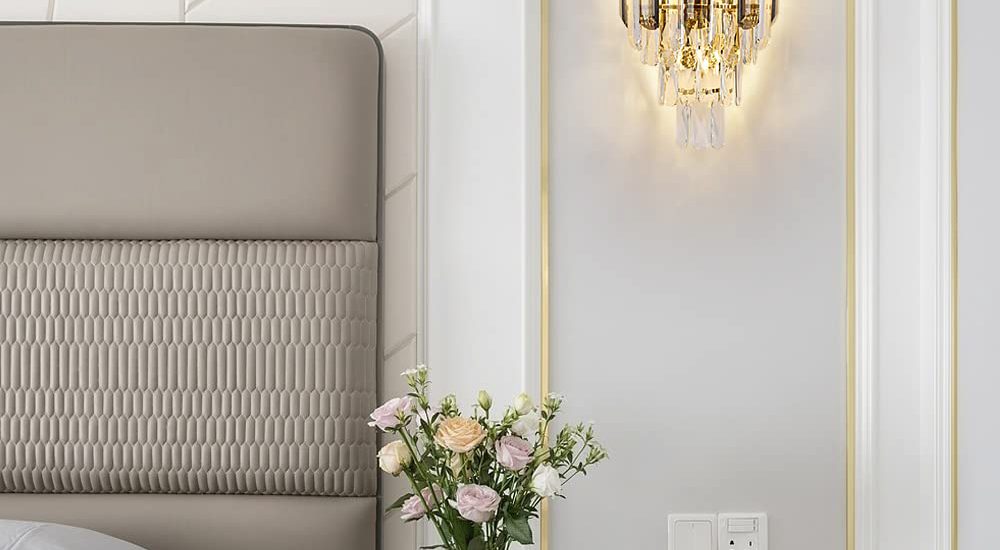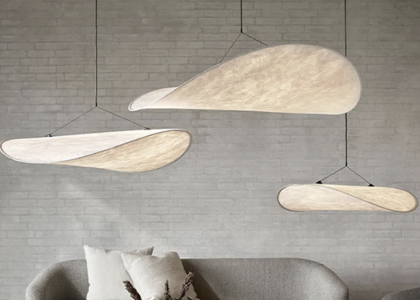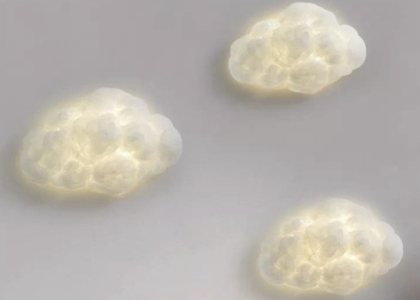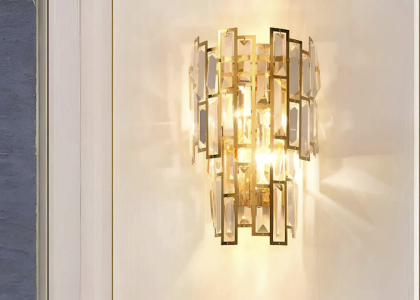Introduction
Japanese wall lamps are unique lighting fixtures that blend form and function seamlessly. These lamps are not only great sources of light but also objects of beauty that enhance any indoor or outdoor space. In this article, we’ll explore the history and features of Japanese wall lamps, their popular styles, and how to incorporate them into your home or business.
History and Features of Japanese Wall Lamps
The origin of Japanese wall lamps can be traced back to the traditional Japanese paper lanterns called “chōchin”. During the Edo period (1603-1867), paper lanterns were popular among the common people as they were affordable and easy to make. The paper was usually made from rice straw, mulberry, or hemp and was decorated with calligraphy or other designs.
In the early 20th century, with the advent of electricity, Japanese lamp makers started to incorporate modern materials such as metal and glass into their designs. The result was a fusion of traditional and modern styles, which created a unique Japanese aesthetic that is still popular today.
One of the distinctive features of Japanese wall lamps is the use of Japanese Washi paper. This paper is made from long fibers of the mulberry tree and is known for its strength and beauty. Washi paper is translucent, which allows a soft and warm light to shine through, creating a relaxing and soothing atmosphere.
The frames of Japanese wall lamps are often made from wood, bamboo, or metal and are designed to be simple, elegant, and minimalistic. These designs reflect the Japanese principle of “less is more” and create a harmonious balance between form and function.
Popular Styles of Japanese Wall Lamps
There are several styles of Japanese wall lamps, each with its own unique characteristics and features. Here are some of the most popular styles:
Tatami Paper Wall Lamps
Tatami paper wall lamps are designed to be mounted on a special frame that is placed on the floor in front of a wall. These lamps are often used in traditional Japanese rooms that have tatami mats on the floor. Tatami paper wall lamps are made from Japanese Washi paper, and the frames are typically made from wood or bamboo.
Uchiwa Wall Lamps
Uchiwa wall lamps are made from a combination of metal and Washi paper. The frames are usually made from metal, and the paper is shaped like a fan, which gives the lamp its name (Uchiwa means fan in Japanese).
Shoji Wall Lamps
Shoji wall lamps are designed to be mounted on a sliding door or window. The frames are made from wood, and the paper is usually Washi paper. These lamps provide a soft and diffused light that adds warmth and coziness to any room.
Incorporating Japanese Wall Lamps into Your Home or Business
Japanese wall lamps can be used in a variety of indoor and outdoor spaces, including living rooms, bedrooms, dining rooms, gardens, and patios. Here are some tips on how to incorporate Japanese wall lamps into your home or business:
1. Choose the Right Size and Style
Before you buy a Japanese wall lamp, consider the size and style of your space. A small lamp may not provide enough light for a large room, while a large lamp may overwhelm a small space. Also, think about the existing decor and choose a lamp that complements it.
2. Consider Placement and Height
The placement and height of your Japanese wall lamp can affect the ambiance of your space. For example, a lamp that is placed too high may create harsh shadows, while a lamp that is placed too low may be blocked by furniture. Consider the purpose of the lamp and its placement in relation to other objects in the room.
3. Use Multiple Lamps for Lighting Variety
Using multiple Japanese wall lamps in a space can create a varied and interesting lighting scheme. For example, you can use a combination of dim and bright lamps to create a layered effect that adds depth and dimension to your space.






